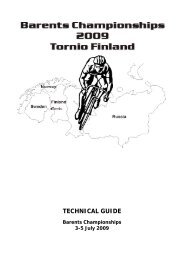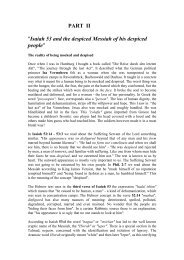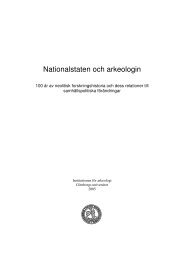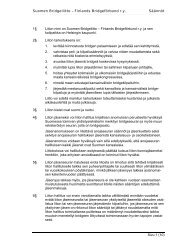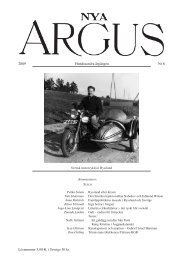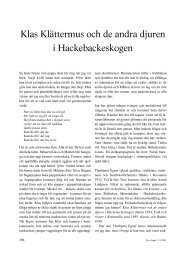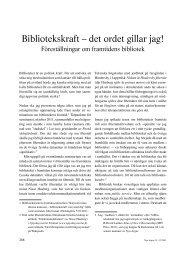Struggles for Sustainable Urban Development in Cochabamba, Bolivia
Struggles for Sustainable Urban Development in Cochabamba, Bolivia
Struggles for Sustainable Urban Development in Cochabamba, Bolivia
Create successful ePaper yourself
Turn your PDF publications into a flip-book with our unique Google optimized e-Paper software.
1 9 8 7 1 9 8 9 1 9 9 1 1 9 9 3 1 9 9 5 1 9 9 7 1 9 9 9 2 0 0 1<br />
Year<br />
1 4 0 0 0 0<br />
1 2 0 0 0 0<br />
1 0 0 0 0 0<br />
8 0 0 0 0<br />
6 0 0 0 0<br />
4 0 0 0 0<br />
2 0 0 0 0<br />
Figure 1. Growth <strong>in</strong> the number of motor vehicles <strong>in</strong> <strong>Cochabamba</strong>. Source: <strong>Cochabamba</strong><br />
2000.<br />
Traffic congestion has been <strong>for</strong> sometime a major concern <strong>for</strong> the citizens of <strong>Cochabamba</strong>.<br />
It is especially severe <strong>in</strong> the central market area of La Cancha where serious congestion of<br />
transport occurs. La Cancha is the focal po<strong>in</strong>t of the city’s mass transit network and most<br />
routes go through the area. As 95 per cent of the population shops at La Cancha the flow of<br />
people to and from the area is tremendous (<strong>Cochabamba</strong> 2002). Average speeds of vehicles<br />
drop to a few kilometres per hour; although generally only mass transit vehicles enter the<br />
area. Congestion can be a problem <strong>in</strong> other parts of the city as well, though not with the<br />
same magnitude as La Cancha.<br />
Air pollution<br />
Motor vehicles are the ma<strong>in</strong> contributor to the city’s ambient air quality problem which is<br />
<strong>in</strong>tensified by the geographical features of the valley where the city is located. Formation of<br />
0<br />
V ehicles<br />
18



